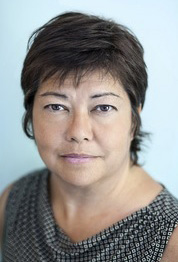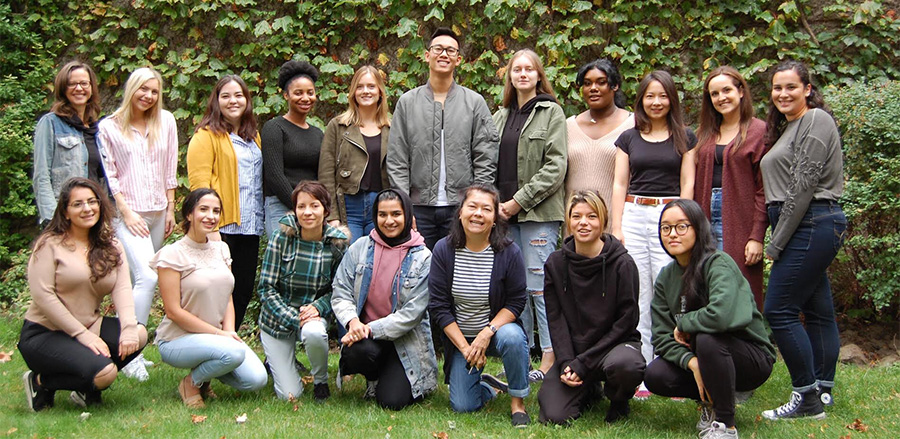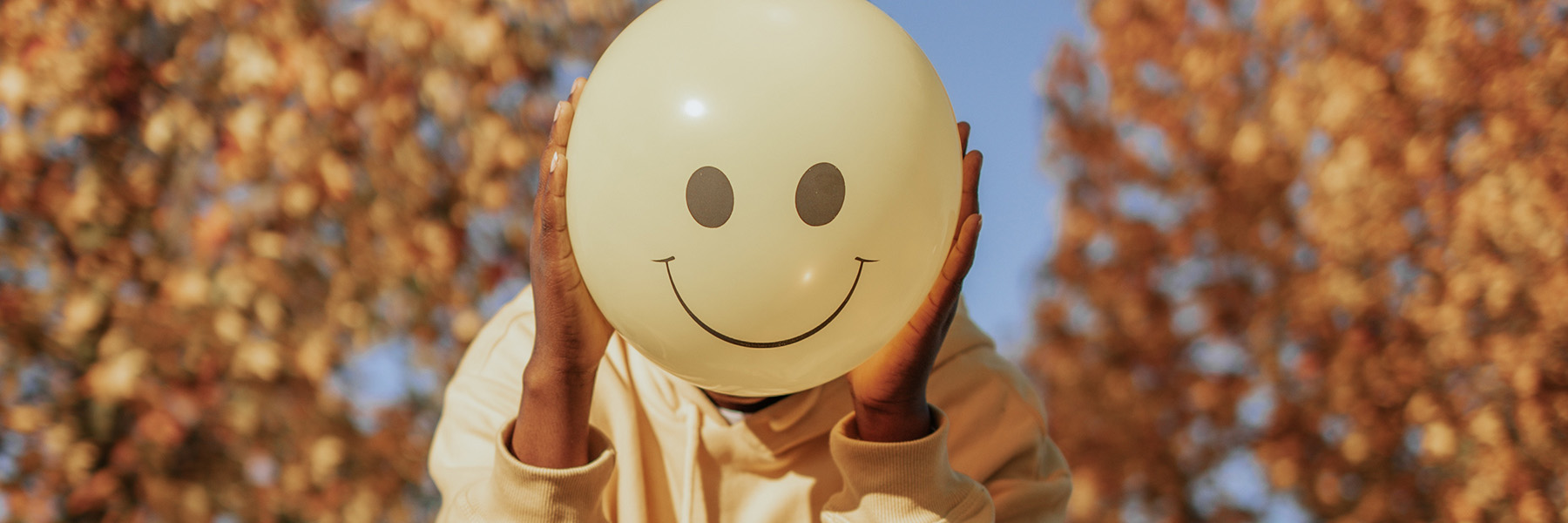Faculty of Health Professor Kerry Kawakami’s lab examines how we perceive people from different social groups, how we react to intergroup bias, and what strategies reduce prejudice, stereotyping and discrimination.
By Elaine Smith

When someone smiles at you, is the smile one that’s truly welcoming or a false one that doesn’t reflect happiness?
Kerry Kawakami, a professor in the Faculty of Health at York University and director of the Social Cognition Laboratory, may have the answer – and it may depend on the race of the person smiling.
Kawakami’s lab examines how we perceive people from different social groups, how we react to intergroup bias, and what strategies reduce prejudice, stereotyping and discrimination. This involves exploring the categories we use to evaluate other people and the consequences those social classifications have.
For example, white and non-Black participants in her 2019 study had greater difficulty in distinguishing between true and false smiles on Black compared to white faces.
“Being able to accurately read someone’s emotions is important for interpersonal interactions,” Kawakami says. “Especially in an interracial context, this could be crucial to how well we get along with others. If you can’t distinguish between different emotions such as happiness, fear and anger, that has huge consequences.”

Kawakami’s research also examines other racial and gender biases, using a variety of research methods. Working with her team, Kawakami monitors heart rates and cortisol levels, tracks eye and mouse movements, and uses reverse correlation paradigms to shed light on interpersonal and intergroup relations.
“When we process other people’s faces, we attend to different areas depending on race and that can have a negative effect on our ability to recognize their emotions and perceive whether they are trustworthy or not,” she says. “For instance, white participants look less at the eyes of Black than white faces and these attentional preferences can limit their ability to ‘know’ them and benefit from critical information from the eyes.”
Kawakami has been studying categorization and implicit biases since the 1990s, “but now my research is having an impact outside academia. At this moment in time, people are more aware than ever of the implications of social categorization processes, given recent reporting related to residential school graves, police violence and the #MeToo movement.”
She has served as an expert witness in court cases involving potential racial biases in police responding, RCMP training and the Ontario Government workplace. These days, she often shares her findings with legal professionals, speaking to Ontario Supreme Court judges about reducing bias on the bench and to the Ontario Bar Association about how implicit bias can affect legal decisions.
Currently, Kawakami is doing research on confronting bias and how people respond in situations where, for example, racism and sexism occur.
“Most of us think we support egalitarianism, but when it comes down to it, we don’t respond as we think we would,” she says. “Although people think they should confront bias, when we experience bias against others, we often respond with apathy. Furthermore, when other people do confront it, they are often perceived negatively and as less moral and likeable. Even though these confrontations come with a cost, they are vital because these actions then become normative.
“Biases influence us in so many subtle ways. While being aware of these implicit processes won’t reduce them, it’s a good first step. It’s important for people to understand the impact that social categorizations can have.”


